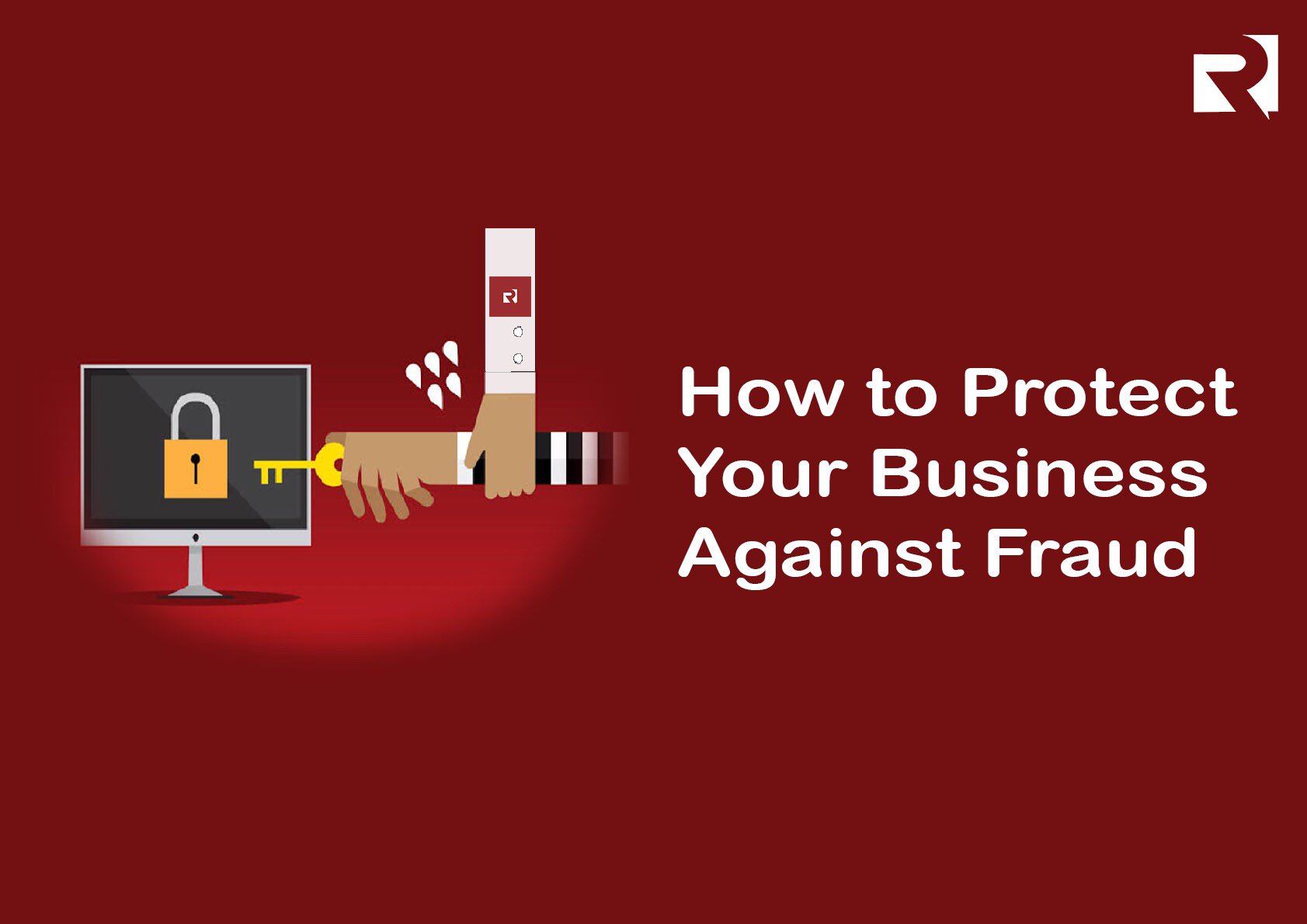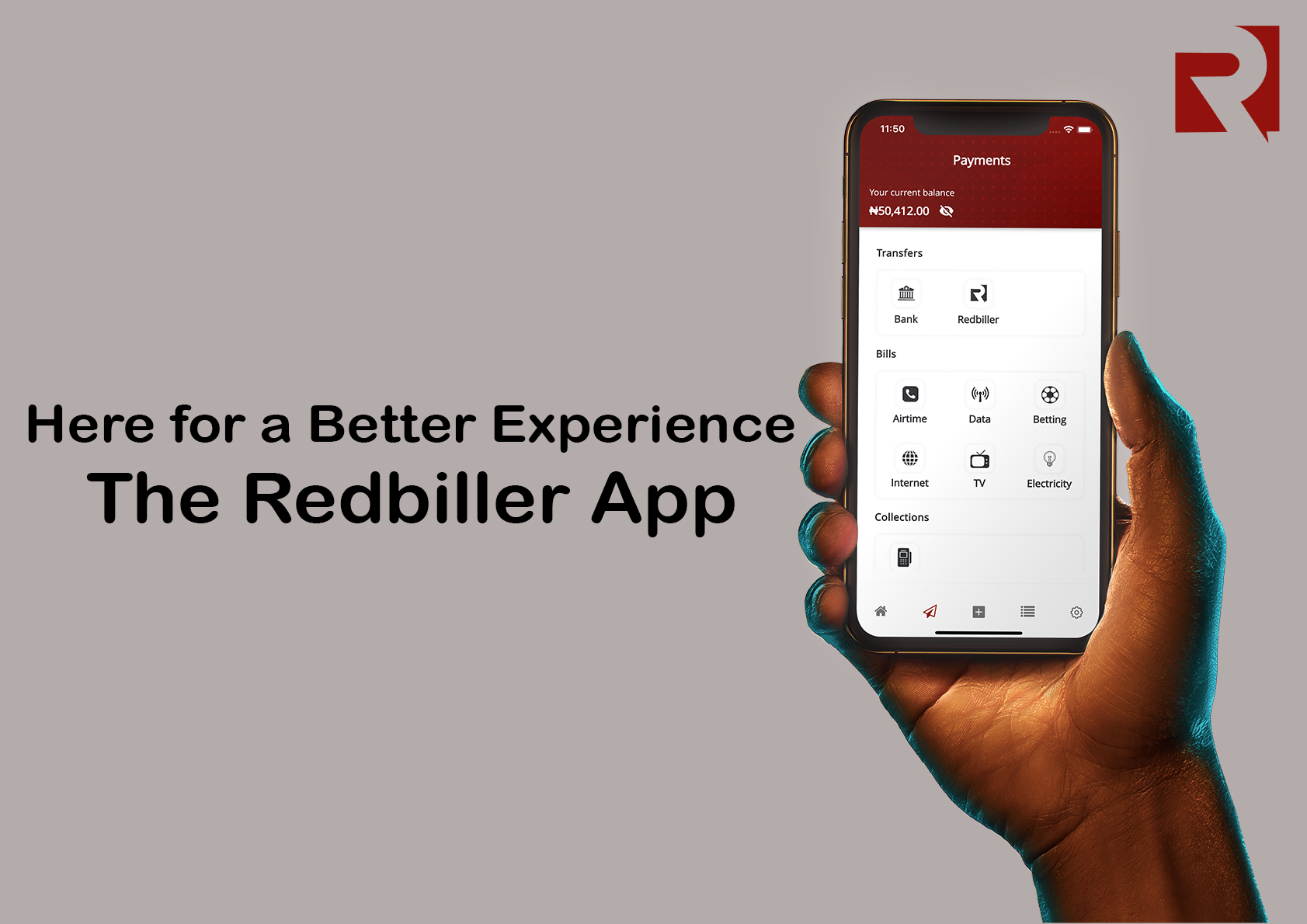The reality of fraud against businesses is becoming more vicious every day. We hear several reports of fraud cases against customers, but many companies also fall victim from time to time. And it remains a leading cause of business failure all over the world. Most businesses have been victims of fraud at some point. And SMEs are more vulnerable to fraud because they have to be open and flexible enough to compete with the giant companies in their industry.
But the severity of protecting against fraud is not only about your business. You also have to consider your customers, especially when your business largely involves online transactions. You have to assure your customers that you can protect the information shared with your business. A breach will result in financial loss for your business, loss of customers trust, and public perception of credibility as a business.
Every business has a level of exposure. Every business runs at risk of partnering with the wrong firm, sharing data with the wrong firm, or servicing the wrong customers. It is important to acknowledge these mediums of exposure and have measures in place to safeguard your firm and customers from the possible clap-back of these exposures.
However, third party fraud is just one of them. Businesses are also at risk of insider fraud attacks. Therefore, measures put in place should address both external threats and internal threats. Here are five simple strategies to manage exposure and prevent fraud
Educate your staff
It is necessary to educate your staff on the risk and consequences of fraud on the business. And on how to prevent and manage fraud. Every staff member should know the exposure their role contributes to the firm. How to manage this exposure, and how to eliminate it in areas where possible.
Keep a record
It is necessary to keep a detailed account of all the firm’s activity for future reference. It will help to trace areas of possible exposure and manage the event of a fraud attack. It will also help to quickly detect abnormalities in operations, a data breach, and financial imbalance.
Conduct proper research
In partnering with another firm to offer a service or receive a service, do your research. Make sure you can trust this firm. There is no level of exposure that matches that which partnership gives your business. Conduct thorough research, especially when the partnership involves exchanging the firm’s data, customers’ data, and when it is a less known or new firm. There are cases where a firm is established just to perpetrate fraudulent activities. Also, some firms might not have adequate security measures in place, thereby giving fraudsters access to your business through them.
Conduct Regular Audits
Financial fraud is the most common fraud that businesses face. And most of the time, it is by insiders or in conjunction with an insider, especially in the accounting department. Having regular independent audits helps to smoke out covered-up embezzlement fraud and even identify impending fraud. This is not about not trusting your staff, it is a healthy accounting practice that is accepted everywhere in the world.
Checks and Balances
Access to sensitive information and accounts should not only be restricted but also transparent. Individuals with access to sensitive information and resources must have people who check their activities and how they manage these resources. They must be answerable, should not have individual access, and must provide detailed management reports periodically.
It is necessary to state that while these measures help prevent fraud, none of them offers 100% protection. There is still a chance that your business might fall victim, no matter how little. It is necessary that while preventive measures are in place, fraud response measures are also in place to manage an event of fraud. Furthermore, every strategy in place, defensive and responsive, must be reviewed regularly to accommodate new levels of exposure, emerging trends and industry standards.



